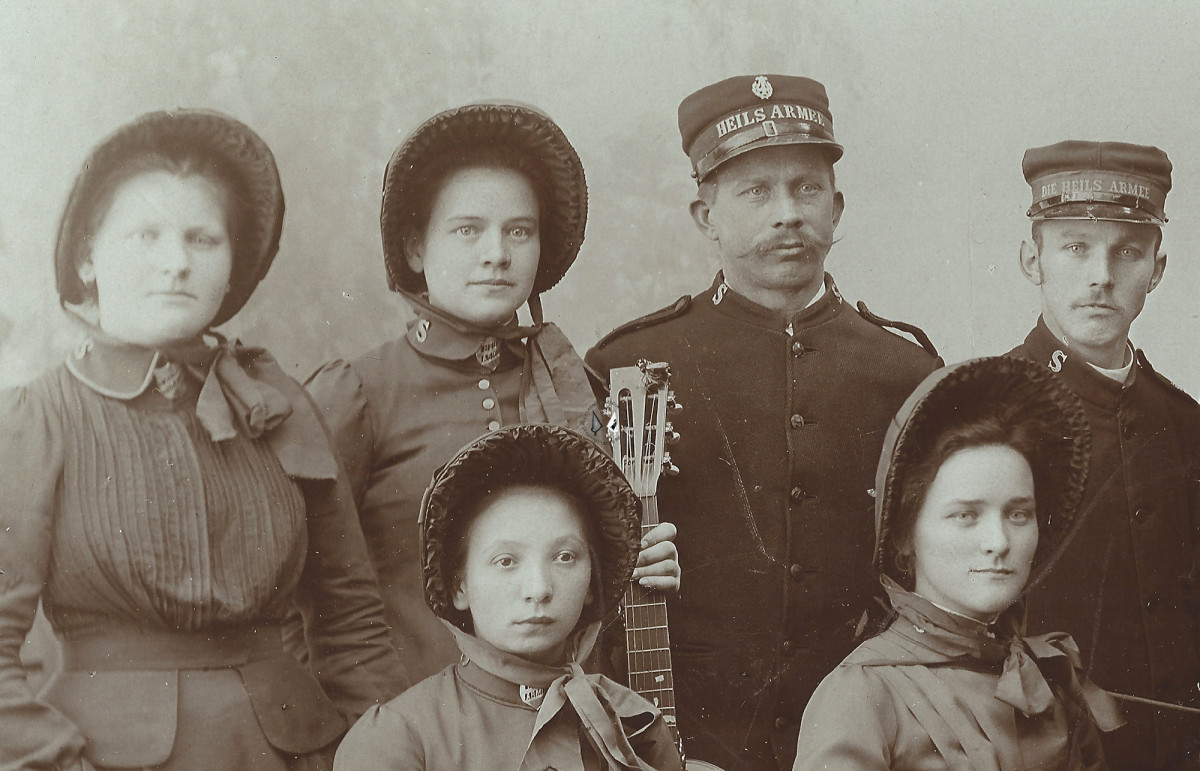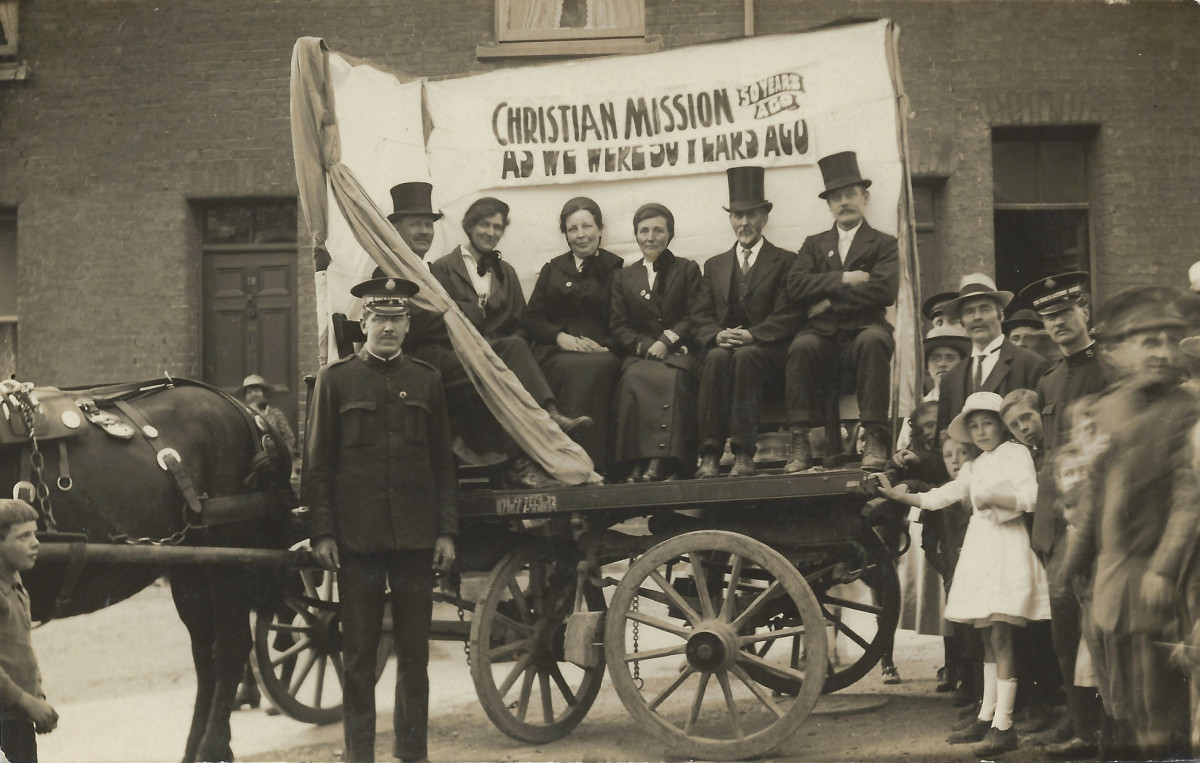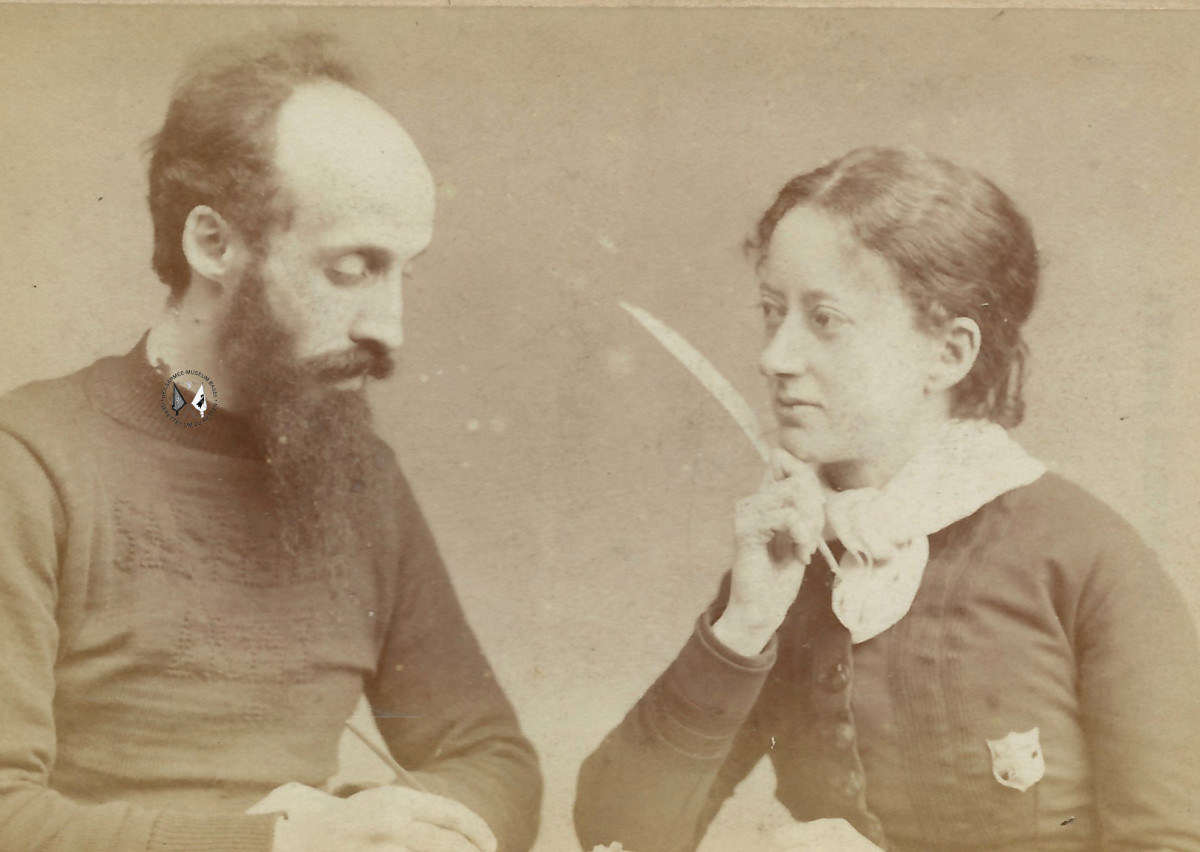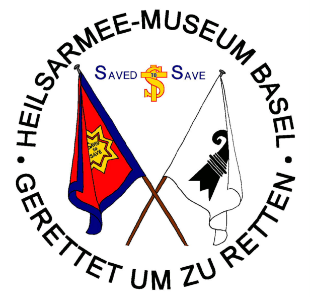A name change with consequences
In 1878, the Christian Mission changed its name and became The Salvation Army, the only army without rifle. With this name change, The Salvation Army also created a military structure including a uniform, flag and crest.

William Booth had tried various names and organisational forms from the beginnings of his mission work. However, always a certain discomfort remained. He also observed uncomfortably, that meetings among the members cost too much time and energy. It seemed to him, he was wasting time, rather than devoting himself to his actual task, to save souls.
More than ever William Booth did not want to start a new church. He believed there were enough churches. He wanted to save souls and looked at this as a fight. He concluded that this fight, or even war, was only able to be won through an actual army of God.
George Scott Railton later described how Bramwell Booth, William Booth and he looked at a draft for a new organization. This proposed that the Christian Mission was a "Volunteer Army". Bramwell immediately protested: he was not a volunteer fighter; he was committed to this fight. Then William Booth crossed out the word "volunteer" and replaced it with "salvation". "The Salvation Army" had found its definitive name!
This change of the name also included a change in the organisational structure. The Salvation Army introduced militarily hierarchical structures. Even before, William Booth had been General Superintendent, from that it was shortened to the General. Based on the military, Booth defined rules and regulations for officers and soldiers. The officers involved in these hierarchical structures were trained in a school for officers. The simple members of the Salvation Army, the soldiers, formed the base of the army. From then on, members of The Salvation Army were called salvationists.
 50 years later, Salutists commemorate the beginnings as a Christian mission
50 years later, Salutists commemorate the beginnings as a Christian mission
The military-sounding vocabulary was not unusual at that time. Even before the name change, some members of the Christian Mission used expressions such as "warrior" or "soldier of Christ”. The song “Onward, Christian Soldiers!” is not a song, which originally comes from the Salvation Army, but a church song that was composed during that time.
Even before the military structure was created, George Scott Railton already used the title General for William Booth. In a letter to William Booth, he not only called him General but himself his Lieutenant. Railton was one of those who influenced the development of Christian Mission in a military direction through his behaviour and writing.
 Commissioner Railton and his wife on a CDV in the Salvation Army Museum Basel
Commissioner Railton and his wife on a CDV in the Salvation Army Museum Basel
Of course, William Booth accepted the rank of the first General. His son Bramwell was Chief of the Staff and the driving force in the construction of the new structures. He led the operation in the headquarter. Later, he would become the logical successor of his father after his death and act as the second General of The Salvation Army.
All members of The Salvation Army began to wear a uniform and were thus more clearly visible to the outside world. Rank badges were carried at the uniform and further military characters were introduced, especially a flag and its own crest. Salvationists (members of the Salvation Army) are recognizable by their uniform all over the world and by their flag.
